Table of content
Introduction
Chestnuts and yogurt—two ingredients that, at first glance, might seem like unlikely companions. Yet, their union offers a delightful blend of textures, flavors, and nutritional benefits that can elevate meals from ordinary to extraordinary. Chestnuts, with their earthy sweetness and buttery texture, pair beautifully with the creamy tanginess of yogurt, creating a harmony that satisfies both the palate and the body. This article explores the art of combining chestnuts and yogurt, offering insights into their nutritional profiles, preparation techniques, and inventive recipes that celebrate this dynamic duo. Whether you’re a health-conscious foodie, a culinary adventurer, or simply someone seeking new ways to enjoy wholesome ingredients, this guide will inspire you to embrace the versatility of chestnuts and yogurt.
Nutritional Powerhouses: Why Chestnuts and Yogurt Belong Together
Before diving into recipes, it’s essential to understand why these two ingredients make such a compelling pair. Chestnuts, often overlooked in Western diets, are a nutritional gem. Unlike other nuts, which are high in fat, chestnuts are predominantly composed of carbohydrates, making them a unique energy source. They are rich in dietary fiber, vitamin C, B vitamins (such as folate and thiamine), and minerals like potassium and magnesium. Their low glycemic index also makes them a smart choice for managing blood sugar levels.
Yogurt, on the other hand, is a fermented dairy (or plant-based) powerhouse. Packed with protein, calcium, and probiotics, it supports gut health, bone strength, and muscle recovery. When combined, chestnuts and yogurt create a synergy that enhances digestion, boosts immunity, and provides sustained energy. The probiotics in yogurt aid in breaking down the fiber in chestnuts, while the nuts’ vitamins and minerals amplify the nutritional value of the yogurt.
Preparation 101: Roasting Chestnuts and Perfecting Yogurt
To fully enjoy chestnuts and yogurt, mastering their preparation is key.
Roasting Chestnuts
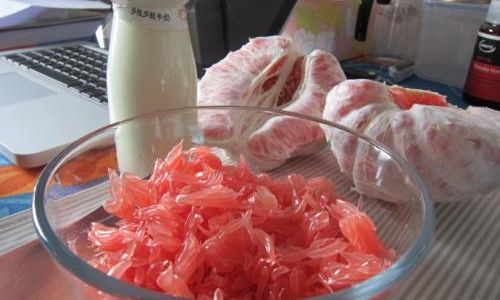
- Scoring: Use a sharp knife to cut an “X” on the flat side of each chestnut. This prevents explosions during cooking and eases peeling.
- Oven Method: Preheat to 425°F (220°C). Roast chestnuts on a baking sheet for 15–20 minutes, shaking occasionally. Peel while still warm.
- Stovetop Method: Pan-roast chestnuts over medium heat for 10–15 minutes, stirring frequently.
- Boiling: For a softer texture, boil chestnuts for 20–30 minutes, then peel.
Yogurt Basics
- Choose Wisely: Opt for plain, unsweetened yogurt (Greek or regular) to control sugar intake. For dairy-free alternatives, try coconut or almond yogurt.
- Thickening: Strain yogurt through cheesecloth for a thicker consistency, ideal for dips or toppings.
- Flavor Infusions: Add vanilla, cinnamon, or honey to yogurt for a customizable base.
Recipes to Savor: From Breakfast to Dessert
Roasted Chestnut and Honey Yogurt Bowl
Ingredients:
- 1 cup roasted chestnuts, chopped
- 1 cup Greek yogurt
- 1 tbsp honey
- 1/4 tsp cinnamon
- Fresh berries or pomegranate seeds (for garnish)
Instructions:
- Mix yogurt with honey and cinnamon.
- Layer in a bowl with chopped chestnuts and berries.
- Drizzle with extra honey and a pinch of cinnamon.
Why It Works: The warmth of roasted chestnuts complements the cool, tangy yogurt, while honey adds a natural sweetness.
Chestnut and Yogurt Breakfast Parfait
Ingredients:
- 1/2 cup rolled oats
- 1/2 cup yogurt
- 1/4 cup roasted chestnuts, crushed
- 1 tbsp maple syrup
- 1/4 cup granola
- Sliced banana or apple
Instructions:
- Layer oats, yogurt, and chestnuts in a jar.
- Top with granola, fruit, and maple syrup.
- Refrigerate overnight for a grab-and-go meal.
Pro Tip: Use dairy-free yogurt and gluten-free oats for dietary restrictions.
Savory Chestnut-Yogurt Soup
Ingredients:
- 1 cup roasted chestnuts
- 2 cups vegetable broth
- 1 cup yogurt
- 1 small onion, diced
- 1 garlic clove, minced
- 1 tbsp olive oil
- Salt and pepper to taste
Instructions:
- Sauté onion and garlic in olive oil until golden.
- Add chestnuts and broth; simmer for 15 minutes.
- Blend until smooth, then stir in yogurt.
- Season and serve warm with crusty bread.
Why It Works: The soup’s creaminess from yogurt balances the chestnuts’ hearty flavor, creating a comforting dish.
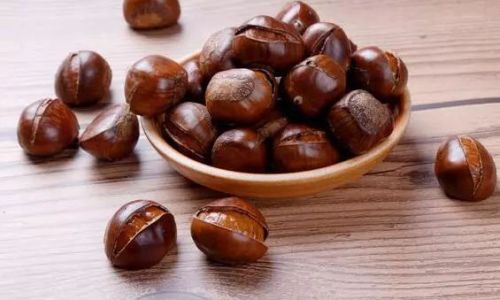
Chestnut-Yogurt Energy Bites
Ingredients:
- 1 cup roasted chestnuts
- 1/2 cup dates, pitted
- 1/4 cup yogurt
- 1/4 cup oats
- 1 tbsp cocoa powder
Instructions:
- Blend chestnuts and dates into a paste.
- Mix in yogurt, oats, and cocoa.
- Roll into balls and refrigerate for 30 minutes.
Perfect For: A pre-workout snack or midday pick-me-up.
Spiced Chestnut-Yogurt Dip
Ingredients:
- 1 cup roasted chestnuts
- 1 cup yogurt
- 1 tsp cumin
- 1/2 tsp smoked paprika
- 1 tbsp lemon juice
- Salt to taste
Instructions:
- Blend chestnuts with yogurt until smooth.
- Stir in spices and lemon juice.
- Serve with veggie sticks or pita chips.
Variation: Add fresh herbs like cilantro or mint for a refreshing twist.
Cultural Connections: How the World Enjoys Chestnuts and Yogurt
Chestnuts and yogurt have long been staples in global cuisines, each culture offering a unique spin on their preparation.
- Mediterranean Influence: In Turkey, keşkül is a creamy chestnut pudding often served with yogurt. Greeks enjoy souzoukakia, spiced meatballs, alongside a yogurt-chestnut sauce.
- Asian Fusion: Japanese kuri-gohan (chestnut rice) pairs beautifully with a side of yogurt infused with miso. In China, chestnuts are stir-fried with vegetables and served over yogurt-marinated tofu.
- European Traditions: In France, marron glacé (candied chestnuts) are sometimes layered with yogurt mousse in desserts. Italians incorporate chestnut flour into polenta, topped with a dollop of yogurt.
Tips for Perfect Pairing
- Balance Flavors: Chestnuts’ natural sweetness pairs well with tart yogurt. Add a drizzle of honey or a sprinkle of sea salt to enhance contrast.
- Texture Play: Combine creamy yogurt with crunchy roasted chestnuts, or blend chestnuts into a smooth paste for a velvety dip.
- Seasonal Adaptations: In winter, opt for warm, spiced preparations. In summer, use chilled yogurt and fresh herbs.
- Storage Hacks: Roast chestnuts in bulk and freeze them for up to three months. Yogurt can be frozen in ice cube trays for easy portioning.
Common Pitfalls to Avoid
- Over-Roasting Chestnuts: This leads to dryness. Roast until tender but not charred.
- Using Sweetened Yogurt: Opt for plain varieties to avoid overwhelming the chestnuts’ flavor.
- Ignoring Freshness: Stale chestnuts are hard to peel and taste bitter. Always test for freshness before cooking.
Conclusion: A Match Made in Culinary Heaven
Chestnuts and yogurt are more than just ingredients—they’re a testament to the magic of simplicity. Together, they offer a canvas for creativity, whether you’re whipping up a savory soup, a decadent dessert, or a nutritious snack. By understanding their nutritional strengths and experimenting with flavors and textures, you can transform everyday meals into extraordinary experiences. So, the next time you’re at the market, grab a bag of chestnuts and a tub of yogurt—your taste buds (and your body) will thank you.
Final Thought: The beauty of chestnuts and yogurt lies in their adaptability. Let your culinary imagination run wild, and don’t be afraid to blend traditions or invent new ones. After all, the best dishes are those made with curiosity and a dash of adventure.
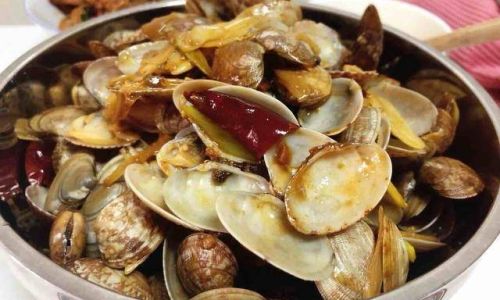
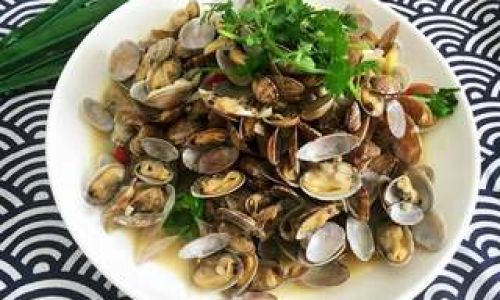
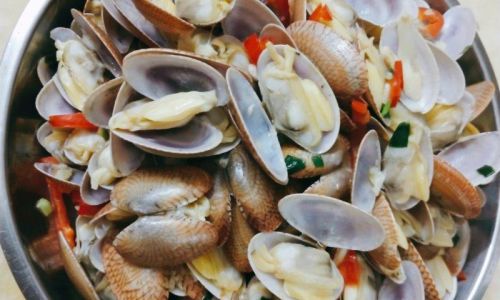

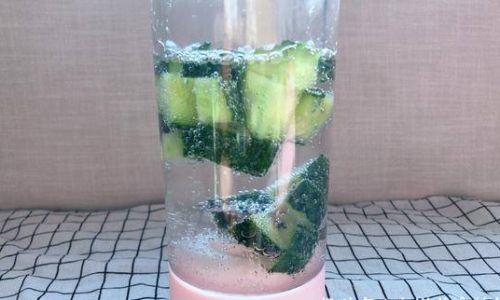
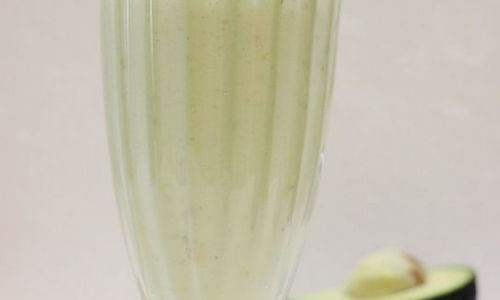
0 comments